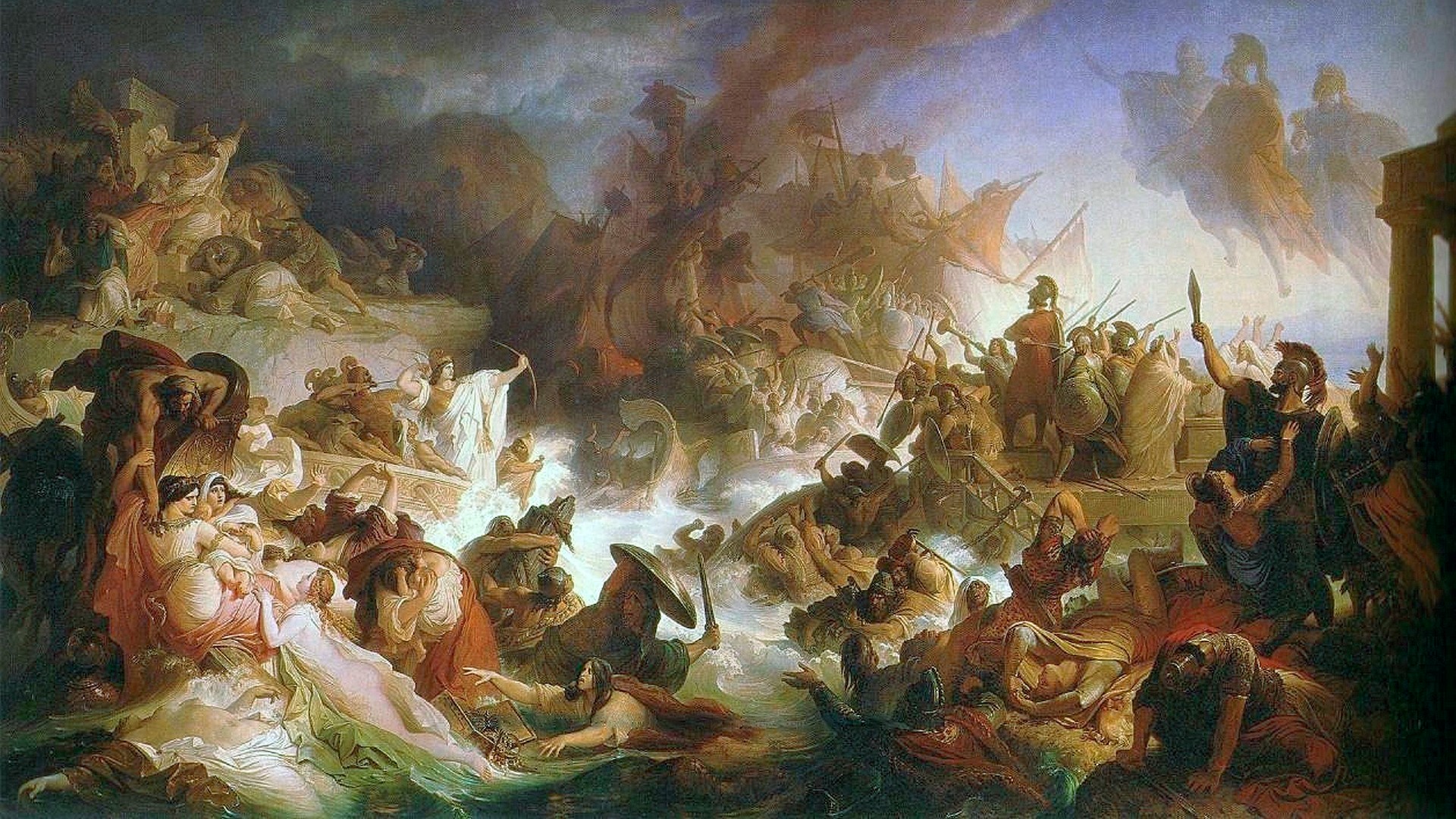Xerxes, the god-king of Ancient Persia, in All About History 125
Inside All About History 125: Learn how Xerxes I overcame rebels and plots to claim his throne and dominate West Asia.

The son and grandson of men who had forged the Achaemenid Empire, Xerxes I was born to rule in Ancient Persia, but his path to the throne was not as simple as it might have appeared. Overcoming usurpers and uprisings in major cities, he had to fight for his right to rule.
Not only that, but thanks to his greatest adversary, the Ancient Greeks, history has not remembered Xerxes kindly. In the latest issue of All About History, on sale now, you can read about the man behind the legends and whether he was the monster the Greeks depicted or something more.
Read the full story of Xerxes I in issue 125.









Also in issue 125 of All About History: Learn the secrets of the Hellfire Club, read how Jimi Hendrix molded himself into a guitar legend, rediscover the powerful queens of Jerusalem, and uncover the horrific crimes of Paris' WWII serial killer.
Related: Read a free issues of All About History
In issue 125 you can also learn why Charlemagne was such a revolutionary monarch for his time, and read about the wide and fascinating history of Poland. Ever wondered how WWII might have been different if Erwin Rommel had won in North Africa? It's all in All About History 125.
Xerxes I: God-king of Persia

Xerxes (the Greek spelling of his name), was the king of the Persian Empire from 486 to 465 BCE. He is remembered in western scholarship for his defeat by combined Greek forces during his invasion of Greece in 480 and 479 BCE. A quick look at his 20-year reign, however, tells us that his rule must have amounted to more than that.
Get the world’s most fascinating discoveries delivered straight to your inbox.
Unfortunately, the best surviving source for him remains Herodotus, the Greek historian from Halicarnassus, who wrote the history of the Persian Wars (from the Greek perspective). Xerxes is, therefore, the villain of the story, full of hubris (because of his eventual defeat) and reduced almost to a caricature of a bad ruler. Other contemporary, near-contemporary and later Greek writers (such as the dramatist Aeschylus in his play The Persians and the philosopher Plato) add to this picture.

Subscribe to All About History today for as little as $2.62 per issue. Offers available for print, digital and combined subscriptions as well as quarterly and annual plans so you can enjoy All About History wherever you are, however you like.
Yet Xerxes reigned for 15 years after his defeat in Greece and his rule was uninterrupted, so his loss, while momentous for the Greeks, was relatively unimportant in the context of the enormous Persian Empire. Xerxes still ruled over a vast region that stretched from India in the east to Europe in the west, from Egypt in the south to Azerbaijan in the north.
Despite his defeat in Greece, he was a strong ruler who quashed revolts in Egypt and Babylon that had already started when he took the throne in 486 BCE. These had begun in the last years of Darius I and Xerxes put down both efficiently. The empire was, nonetheless, relatively stable under his tenure. He was also responsible for the construction (or at least the completion) of immense building complexes in both Susa and Persepolis.
Read more in All About History 125.
Jimi Hendrix

The ‘Swinging 60s’ were a definitive era in the history of rock music. Stars from The Beatles to Cream to The Who were making genre-defining music and taking over the world. Among them was a young man named Jimi Hendrix who, in his short life, would come to be remembered as a legend, an icon and one of the greatest musicians to have ever lived.
On 27 November 1942, Johnny Allen Hendrix was born in Seattle, Washington, to Lucille, a 17-year-old schoolgirl, and Al Hendrix, a 23-year-old private in the US Army. At the time of little Johnny’s birth, Al was serving away from home and would not return until 1945. With Al absent for the first years of Johnny’s life, Lucille struggled to earn a living as a waitress and entertainer in Seattle’s clubs and bars.
When Johnny was three years old, Lucille traveled to California for a church convention. She did not return with her son, who was temporarily taken in by members of the church in Berkeley. In September 1945, Al returned from service and reclaimed his son before heading home to Seattle. He reunited with Lucille and the family were together for the first time since Johnny was born.
The following year, his name was officially changed to James Marshall Hendrix. The instability and poverty the young Jimmy (as he was referred to at the time) experienced in his first few years would continue to define the rest of his childhood.
Learn more about Jimi Hendrix in All About History 125.
Hellfire Club

During the 18th century, a new form of British male began to populate high society – the ‘rake’. This term came to define aristocratic gentlemen who were purely engaged in the pursuit of pleasure with little respect for the law or traditional morality.
A number of clubs and secret societies were founded that allowed their members to indulge their debauched tastes, but none were more notorious than the Hellfire clubs. They combined an 18th century trend of affronting societal notions of morality through acts of blasphemy with excessive drinking and sexual deviancy.
The shocking stories of these clubs scandalized British society. As time has passed the Hellfire clubs’ secretive nature has resulted in a vast amount of folklore surrounding them. Indeed, the relatively powerful positions of many of their members has given birth to popular legends of the Hellfire clubs as malevolent and sinister organizations.
The first Hellfire club was founded by Philip, Duke of Wharton, around 1720. He was an influential member of the Jacobite movement with a taste for drinking, gambling and accruing debts. This initial club is said to have consisted of 40 members, 25 of whom were gentlemen and 15 were ladies.
All were members of the aristocracy as well as being Wharton’s close friends and associates. They would meet at a variety of locations in and around London, including the Greyhound Tavern or at members’ homes, but always on Sundays.
Read more about the Hellfire Club in All About History 125.

Jonathan is the Editor of All About History magazine, running the day to day operations of the brand. He has a Bachelor's degree in History from the University of Leeds. He has previously worked as Editor of video game magazines games™ and X-ONE and tech magazines iCreate and Apps. He is currently based in Bournemouth, UK.


